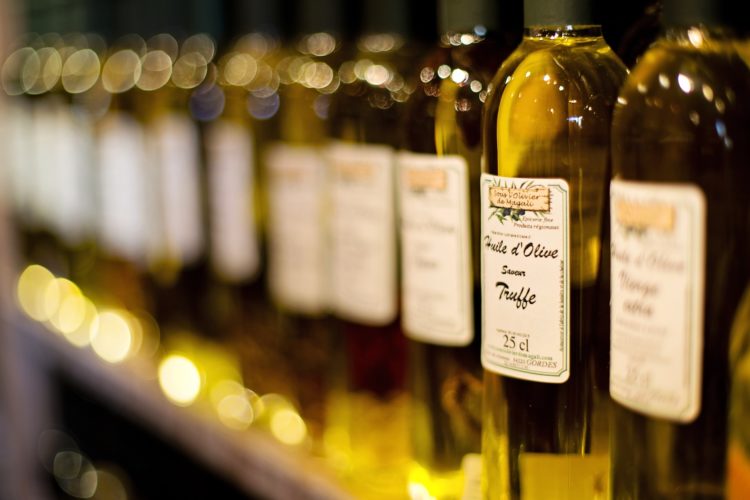For Italians, fresh olive oil is liquid gold, guarded carefully and never given away needlessly. Drizzled over almost every dish, it adds depth of flavor to crostini and grilled vegetables, salads and thick soups, and especially grilled meat.
The benefits of its moisture, vitamin E, and polyphenols — not to mention its full flavor — aren’t reserved just for Italians. But when searching for the best olive oil, you’ll have to sift through many options; some are even impostors. Here’s what you need to know to make a choice that the Italians would approve of.
Where Does Good Olive Oil Come From?
Italy’s love affair with olive oil predates written history. The country’s undulating and terraced hills, spreading from its mountainous spine out to the coasts, are covered with vineyards and olive groves. Soil too poor to cultivate for wine was dedicated to olive trees, which thrive in the dry, sandy earth.
Almost every Italian region produces its own olive oil. In fact, most Italians obtain their olive oil from a friend or family member who harvests and presses olives, or by sending their own olive harvest to a local cooperative press.
When Is the Best Olive Oil Produced?
Olive oil is at its very best right after the fruit is pressed in autumn. Unlike wine, it does not improve with age; the delicate structure begins to break down starting the day it is pressed.
What Should You Look Out for on the Label?
When shopping for olive oil, read the label carefully to obtain key information.
Some important terms to know:
- Extra-virgin oil refers to a very low acidity level in the oil. Good olive oil has low acidity; low-quality olive oil has high acidity.
- Cold-pressed oil is desirable, since introducing heat into the process harms the structure of the oil.
- First-press oil is also important, since subsequent pressings, often obtained through chemically aided processes, are still bottled and occasionally made to resemble earlier pressings through the addition of artificial colors or even flavors.
- Fine olive oil is not used for cooking. With a low smoke point of 320 degrees Fahrenheit, reserve it for garnishing or dressing only.
- Stainless steel-milled olive oil isthe preferred method; the mill can be sanitized to preserve the flavor of the fresh olives.
- Stone-milled olive oil, while traditional, is less sanitary and can proliferate fungus and mold into the oil from earlier pressings.
The Trick to Spotting Low-Quality Olive Oil
Ideally, the name and complete address of the frantoio (press) will be indicated, along with contact information.
Check to confirm that the olives originate from just one location. When an olive oil label states that the olives come from two or more countries around the Mediterranean, you can be sure that the haphazard harvest was overripe and floating on a barge at sea in the sun for weeks prior to being pressed, resulting in a low-quality oil.
How to Taste Olive Oil Like an Expert
Taste olive oil, if you can, always neat from a small cup. “Paint” the inside of your mouth with the olive oil, using your tongue to coat as much surface as possible. Then, inhale quickly and deeply through your mouth, and exhale out your nose.
A hallmark of good oil is the spicy note that tickles the back of your throat, or even burns a bit. This confirms that polyphenols are present, the chemicals that neutralize free radicals and slow cell degeneration, and that the oil is new.
Excellent olive oil is a matter of taste. Equipped with a few basic facts and a bit of research, you can find an oil you love.
Follow annual international competitions to learn how the most recent harvests fared, and keep good olive oil on hand in your kitchen for every meal.
—
Monica Sharp is a writer and advocate for the arts who has traveled in more than forty countries. She currently lives in Florence, Italy, with her husband and two young children.

